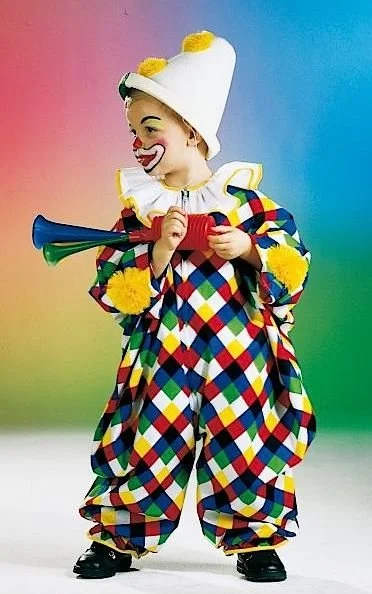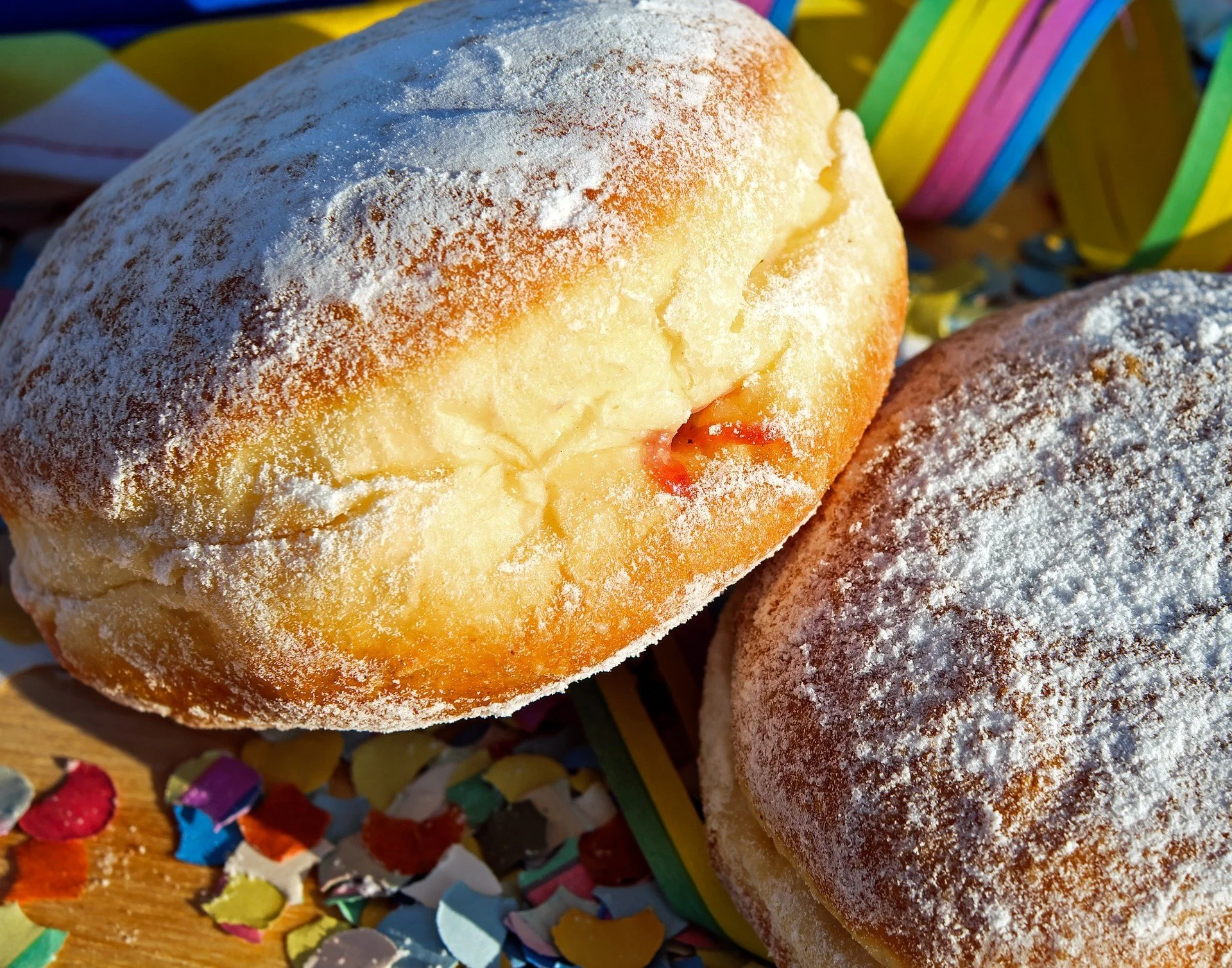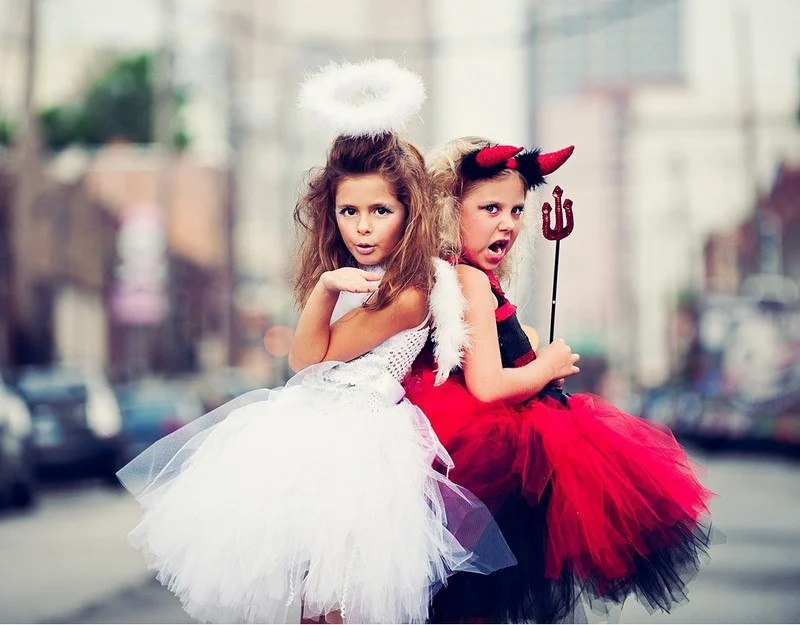Fasching in Deutschland
Es ist Faschingszeit! 🎭🎊
It’s carnival time!
Eine lustige Zeit des “bunten Treibens…”
Do you know how we usually celebrate “Fasching” in Germany?
There are many carnival events, “Faschingsumzüge”, parties for “Kinder” and “Erwachsene”. A lot of people “verkleiden sich”. Especially among children, wearing costumes is extremely popular. So many “Piraten”, “Prinzessinnen”, “Cowboys”, “Feen”, “Hexen”, “Zauberer”, “Zwerge” and other fairy tale characters, but also often apples and strawberries dance together at a party. Spiderman and Batman for sure are not missing. For children, there are many games and sweets, well, the sweets are for everyone, and adults also drink alcohol.
There are streamers, confetti, way too loud music everywhere and everyone eats “Krapfen”. You definitely should go and eat “Krapfen” which are called “Berliner” in the northern part of Germany.
At a carnival parade (which tends to take place outside the city in the countryside) it can happen that Batman dances with Cinderella while making political “Witze” and criticizing politics. Oh, what fun we could have had this year!! We would probably also see many green and blue viruses dancing at the parade.
Typically, there is one vehicle with the “Prinzenpaar” (prince and princess), standing on top and waving. Other funny creatures are throwing bonbons from the carriages and children are collecting the sweets like crazy. Adults sometimes get a cup of wine, prosecco, or whatever.
In the evening you continue celebrating somewhere at a party. You can either change your “Kostüm” or go with the same one. And the party continues. There are funny, critical speeches about society and politics, and every now and then there is a big “HELAU”.
In the cities, stages are built and bands are playing live music, “Garden” “tanzen”, children are also dancing and making a nice show. “Luftballone”, “Konfetti” and “Luftschlangen” everywhere.
After that you definitely need to fast. 😉
Important days are:
Rosenmontag: Monday before Shrove Tuesday, the climax of the German carnival celebrations
Faschingsdienstag: Shrove Tuesday
Aschermittwoch: Ash Wednesday
Vocabulary:
der Fasching – the carnival
das bunte Treiben: es ist viel los, es gibt viel zu sehen und gute Laune - the colorful hustle and bustle
der Faschingsumzug – the carnival parade
das Kind (Pl. die Kinder) – the child
der Erwachsene (Pl. die Erwachsenen) – the adult
sich verkleiden – to wear a costume
der Pirat (Pl. die Piraten) – the pirate
die Prinzessin (Pl. die Prinzessinnen) – the princess
die Fee (Pl. die Feen) – the fairy
die Hexe (Pl. die Hexen) – the witch
der Zauberer (Pl. die Zauberer) – the wizzard
der Zwerg (Pl. die Zwerge) – the dwarf
der Krapfen (Pl. die Krapfen) – a typical German carnival „doughnut“, but there is no whole in it, but it’s filled with marmalade (typically, also available with chocolate, creme with different flavours, egg liqueur, etc.)
der Witz (Pl. die Witze) – the joke
das Kostüm (Pl. die Kostüme) – the costume
die Garde (die Garden) – the carnival guard
tanzen – to dance
der Luftballon (Pl. die Luftballone) – the balloon
das Konfetti – the confetti
die Luftschlange (Pl. die Luftschlangen) – the streamer
Do you want to live, love, laugh in German and be comfortable with speaking and applying the language?
Check out our special teaching concept and schedule a free consultation call with us.
Learn the German language and all about the culture the most effective way and make great progress!
Have you ever celebrated “Fasching” in Germany? Let us know below in the comments! We are curious about your experiences in Germany!
Krapfen sind ein MUSS für den Fasching in Deutschland!
Engelchen und Teufelchen



